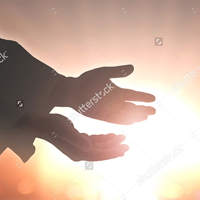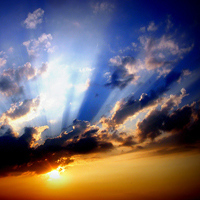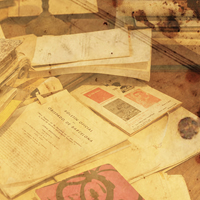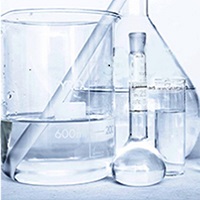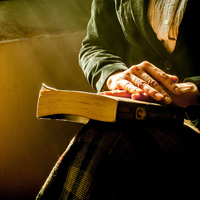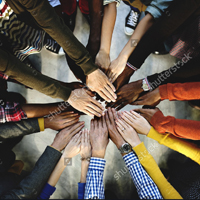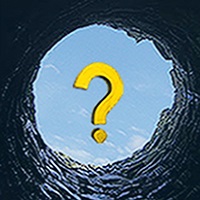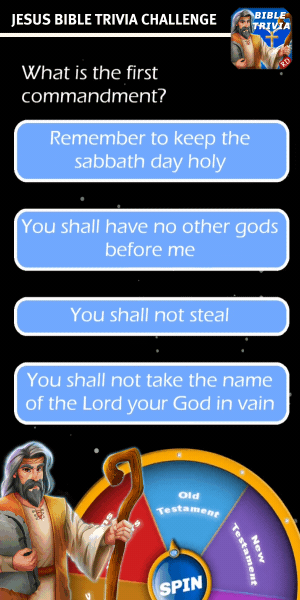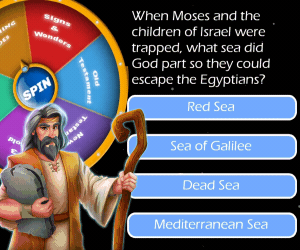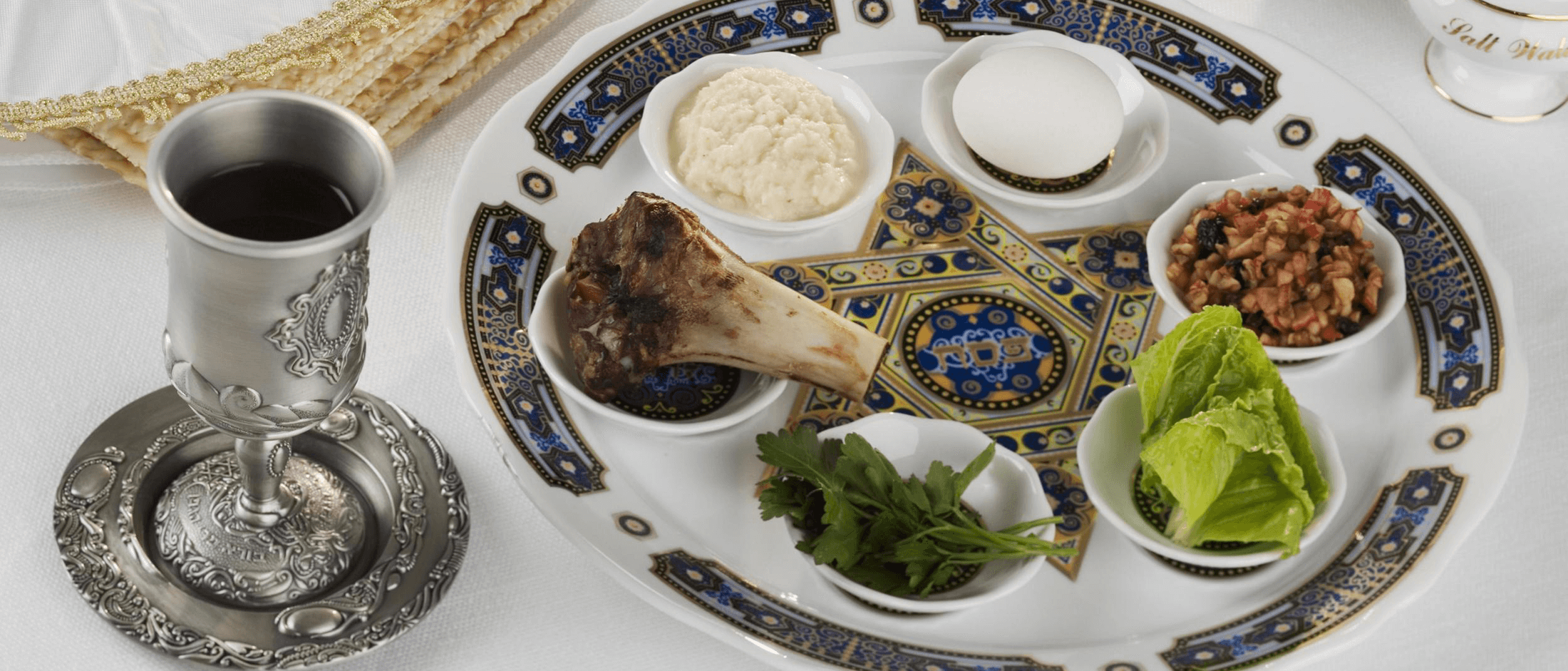
Although God passed judgment on the firstborn sons of Egypt, He spared the firstborn sons of the Jews at the original Passover.
The Passover Feast is one of the main Jewish holidays―a celebration in remembrance of God’s deliverance of the Israelites from Egyptian slavery.
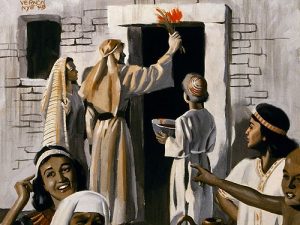 There are too many similarities between the Passover event and Jesus’ crucifixion to be a coincidence. During the original Passover, a lamb was slain for each household. During the original Passover, a lamb was slain for each household. Its blood was applied to the doorposts of the homes so that the angel of death would pass over those people who were covered by the blood (Exodus 12:11-13). This is an incredible picture of Jesus Christ and the power of his crucifixion.
There are too many similarities between the Passover event and Jesus’ crucifixion to be a coincidence. During the original Passover, a lamb was slain for each household. During the original Passover, a lamb was slain for each household. Its blood was applied to the doorposts of the homes so that the angel of death would pass over those people who were covered by the blood (Exodus 12:11-13). This is an incredible picture of Jesus Christ and the power of his crucifixion.
|
|
|
|
|
|
|
|
|
|
|
|
- The theme of the Jewish Passover is remembering the gift of salvation from slavery in Egypt. Those who were covered by the blood of the lamb were saved from the angel of death that killed the firstborn of everything living in Egypt.
- The hope of the crucifixion is God’s gift of eternal salvation through Jesus Christ. Those who choose to receive this gift are “covered by the blood of the Lamb” and saved from an eternity of separation from God.
Jesus’ representation of the Lamb of God is seen throughout the New Testament scriptures. Jesus Christ was the completion of the many Passovers that had taken place before his time on the earth.
John the Baptist saw Jesus coming toward him and said, “Look, the Lamb of God, who takes away the sin of the world.” (John 1:29)
In Revelation, the book of the Bible that contains prophecies about the end times, Jesus Christ is again referred to as the Lamb:
After this I looked and there before me was a great multitude that no one could count, from every nation, tribe, people
and language, standing before the throne and in front of the Lamb. They were wearing white robes and were holding palm branches in their hands. And they cried out in a loud voice: “Salvation belongs to our God, who sits on the throne, and to the Lamb.” (Revelation 7:9-10)
The Passover Supper (Seder) is a major part of the Passover ceremony in the Old Testament. In the New Testament accounts, we find references to a number of the Seder symbols, including (i) the First Cup (also known as the Cup of Blessing) in Luke 22:17; (ii) the breaking of the “matzoh” (unleavened bread) in Luke 22:19; and (iii) the Third Cup (also known as the Cup of Redemption) in Luke 22:20.
It’s interesting how Jesus gives the matzoh and the Third Cup very special significance:
And he took bread (matzoh), gave thanks and broke it, and gave it to them, saying, “This is my body given for you; do this in remembrance of me.” In the same way, after the supper he took the cup, saying, “This cup is the new covenant in my blood, which is poured out for you.” (Luke 22:19-20)
Rich Robinson, a Jew who believes that Jesus is the Messiah, notes the following: “The early Jewish believers in Jesus considered him the fulfillment of the Passover lambs that were yearly sacrificed. Thus Paul, a Jewish Christian who had studied under Rabbi Gamaliel, wrote, ‘Messiah, our Passover, has been sacrificed for us’ (1 Corinthians 5:7). John in his gospel noted that Jesus died at the same time that the Passover lambs were being slaughtered in the Temple (see John 19:14), and that like the Passover lambs, none of his bones were broken (the others being crucified had their leg bones broken by the Romans – John 19:32, 33, 36). The idea behind all this was that just as the Israelites were redeemed from Egyptian slavery by an unblemished lamb, now men could be freed from slavery to sin by the Messiah, the Lamb of God.”
Here are some other dramatic comparisons between the Passover Seder and the Lord’s Supper (Communion):
|
|
|
|
|
|
|
|
|
|
|
|
The first Christians were Jews. Until the Jewish Temple was destroyed by the Romans in 70 AD, many of these “Messianic Jews” continued to worship in Jerusalem during the Jewish religious festivals. During the Passover celebration, Messianic Jews would celebrate with the rest of the Jewish community. However, since the Jewish believers saw Jesus as the Passover Lamb, they celebrated the Seder as a symbol of Jesus Christ, the Lamb of God.
 Jews throughout the world today still participate in the Passover Seder. As the bread is broken and the cup is poured, we can be reminded of the perfect sacrifice for sin that took place once and for all time. Jesus’ body was broken and His blood was poured out to pay the price of the sin of mankind. Passover is a perfect picture of Jesus, the Lamb of God, who takes away the sins of the world.
Jews throughout the world today still participate in the Passover Seder. As the bread is broken and the cup is poured, we can be reminded of the perfect sacrifice for sin that took place once and for all time. Jesus’ body was broken and His blood was poured out to pay the price of the sin of mankind. Passover is a perfect picture of Jesus, the Lamb of God, who takes away the sins of the world.
Take time to learn more about the Jewish Passover Seder, or participate in one yourself, it may impact you deeply!
- Rich Robinson, The Messiah in the Passover, Jews for Jesus, ISSUES vol. 3:2. See also Ralph Muncaster, Are There Hidden Codes in the Bible, Harvest House, 2000, 34-35.
Want More?
https://www.dontbeleftbehind.org/
Sources: Randall Niles, www.AllAboutGOD.com, www.GotQuestions.org, and www.AllAboutTheJourney.org.

